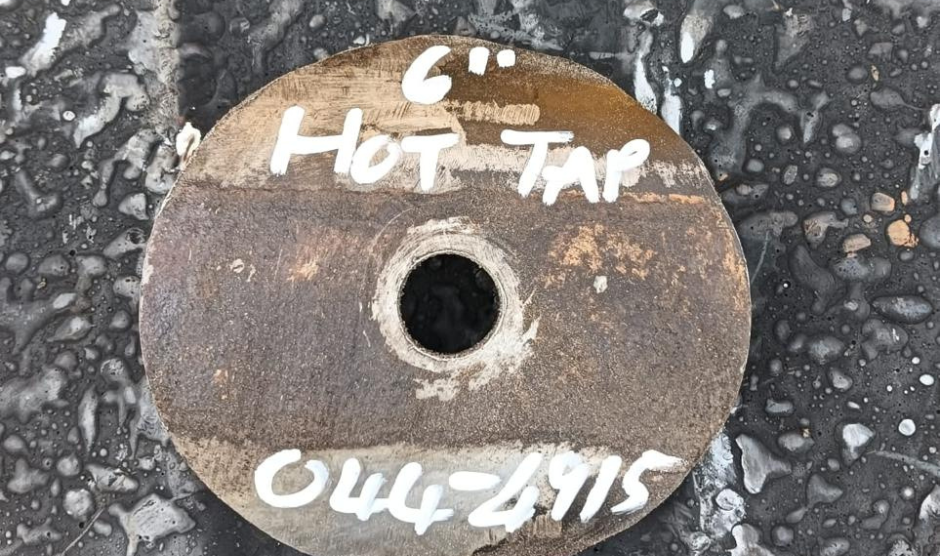Blog

Understanding the Importance of the Coupon
In the world of pipeline maintenance and modifications, hot tapping is a crucial procedure that allows for the addition of branches or connections to existing pipelines without requiring a shutdown. This method is not only efficient but also minimizes service interruptions, making it highly valuable in various industries such as oil and gas, water distribution, and chemical processing. Central to the hot tapping process is the concept of the “coupon.” But what exactly is a coupon, and why is its retrieval so important? Let’s delve into the details.
What is a Coupon in Hot Tapping?
A coupon, in the context of hot tapping, is a circular section of the pipeline wall that is cut and removed during the tapping process. The term “coupon” may seem trivial, but its role is far from insignificant. This cut-out piece is essential for creating a new branch or access point on the pipeline while the system remains under pressure and in operation.
The Hot Tapping Process
To understand the coupon’s role, it’s helpful to have a basic understanding of the hot tapping process:
- Preparation: The pipeline is inspected, and the tapping location is marked. The hot tapping machine is then set up and secured to the pipeline.
- Cutting the Coupon: A specialized cutter is used to penetrate the pipeline wall and remove the coupon. This creates an opening for the new branch connection.
- Retrieving the Coupon: Once the cut is complete, the coupon is retrieved from the pipeline. This step is critical for several reasons, as we’ll explore below.
- Completing the Tap: The new branch is connected to the pipeline, and the hot tapping machine is removed. The pipeline continues to operate without interruption throughout the process.
The Importance of Retrieving the Coupon
Retrieving the coupon is a meticulous task, but it serves several crucial purposes:
1. Verification of Successful Tap
The retrieval of the coupon confirms that the hot tap was executed accurately. By examining the coupon, technicians can ensure that the cut was clean, the edges are smooth, and the new branch connection is correctly positioned and aligned.
2. Quality Assurance
The coupon provides a tangible sample of the pipeline material. By inspecting the coupon, technicians can assess the quality of the pipe, including its thickness, integrity, and the presence of any corrosion or defects. This quality check is vital for maintaining the overall health of the pipeline system.
3. Safety Considerations
Safety is paramount in any pipeline operation. Retrieving the coupon ensures that no loose material is left inside the pipeline, which could potentially cause blockages, damage, or operational failures. A leftover coupon could lead to significant safety hazards and operational disruptions.
4. Documentation and Compliance
The coupon serves as a record of the hot tapping procedure. Keeping a detailed log of retrieved coupons supports compliance with industry standards and regulations. This documentation is crucial for audits, inspections, and ensuring that all maintenance activities meet the required safety and quality benchmarks.
Challenges in Coupon Retrieval
While the importance of retrieving the coupon is clear, it is not without its challenges. The process required precision and expertise to ensure that the coupon is fully detached and safely removed. In some cases, the coupon might become stuck or difficult to extract, necessitating the use of specialized tools and techniques.
